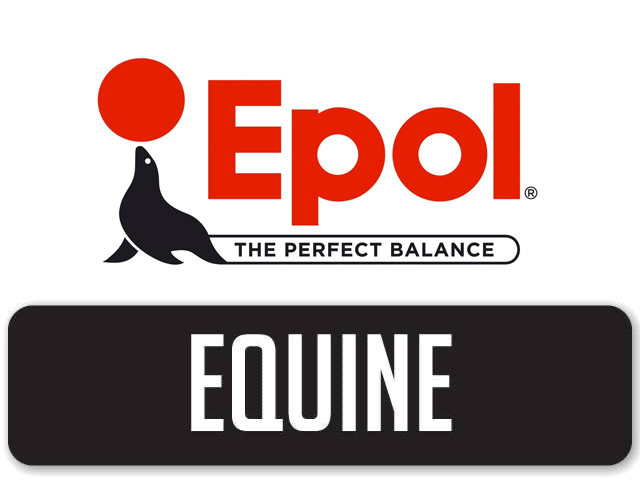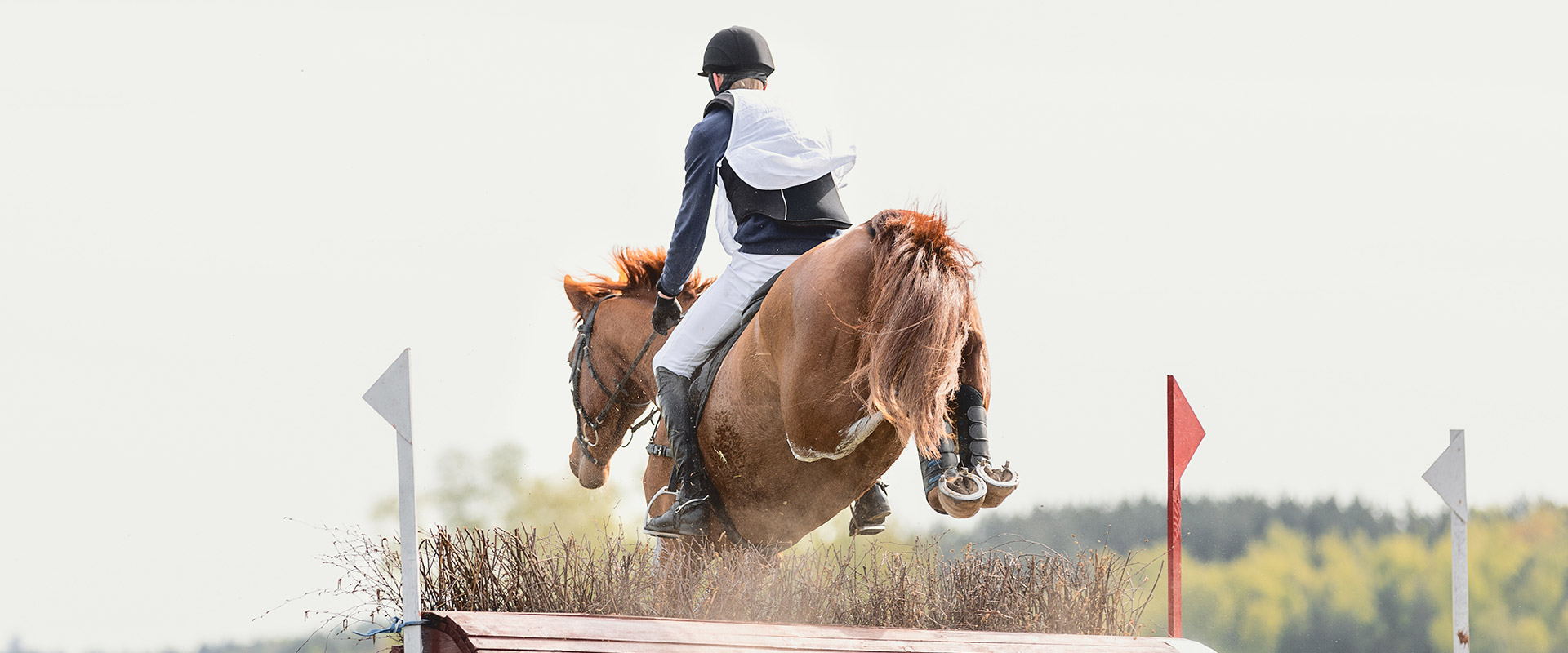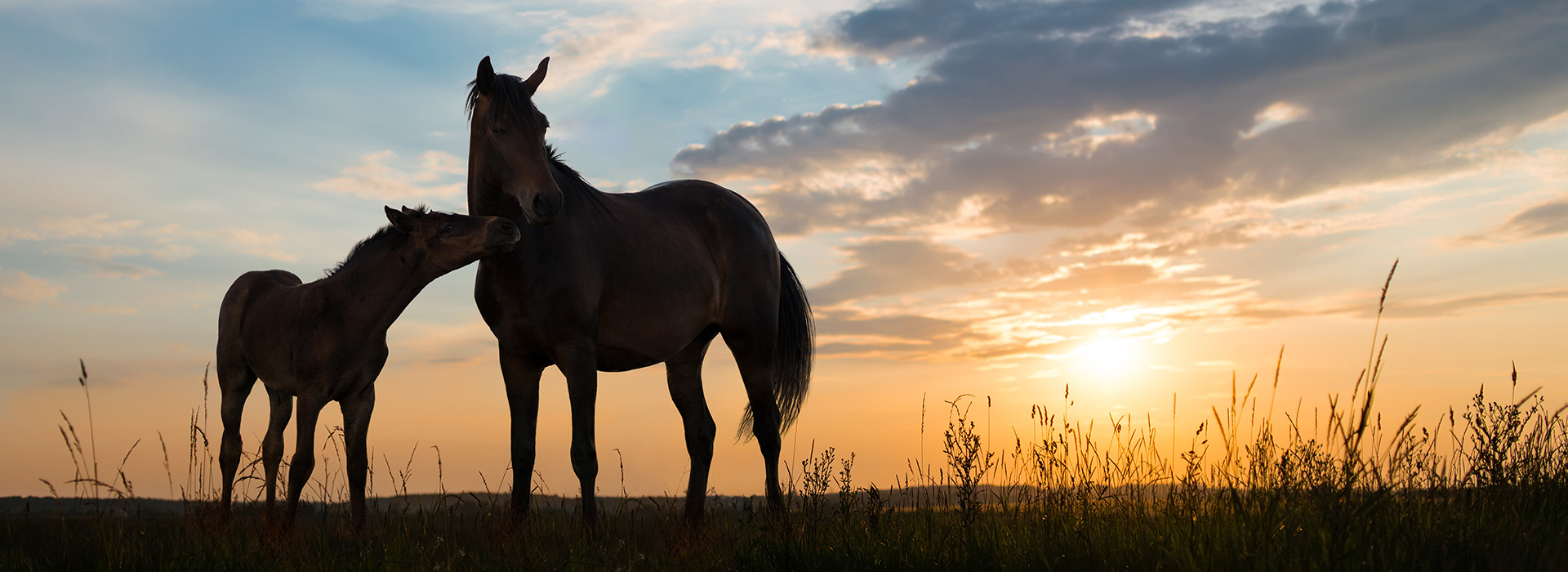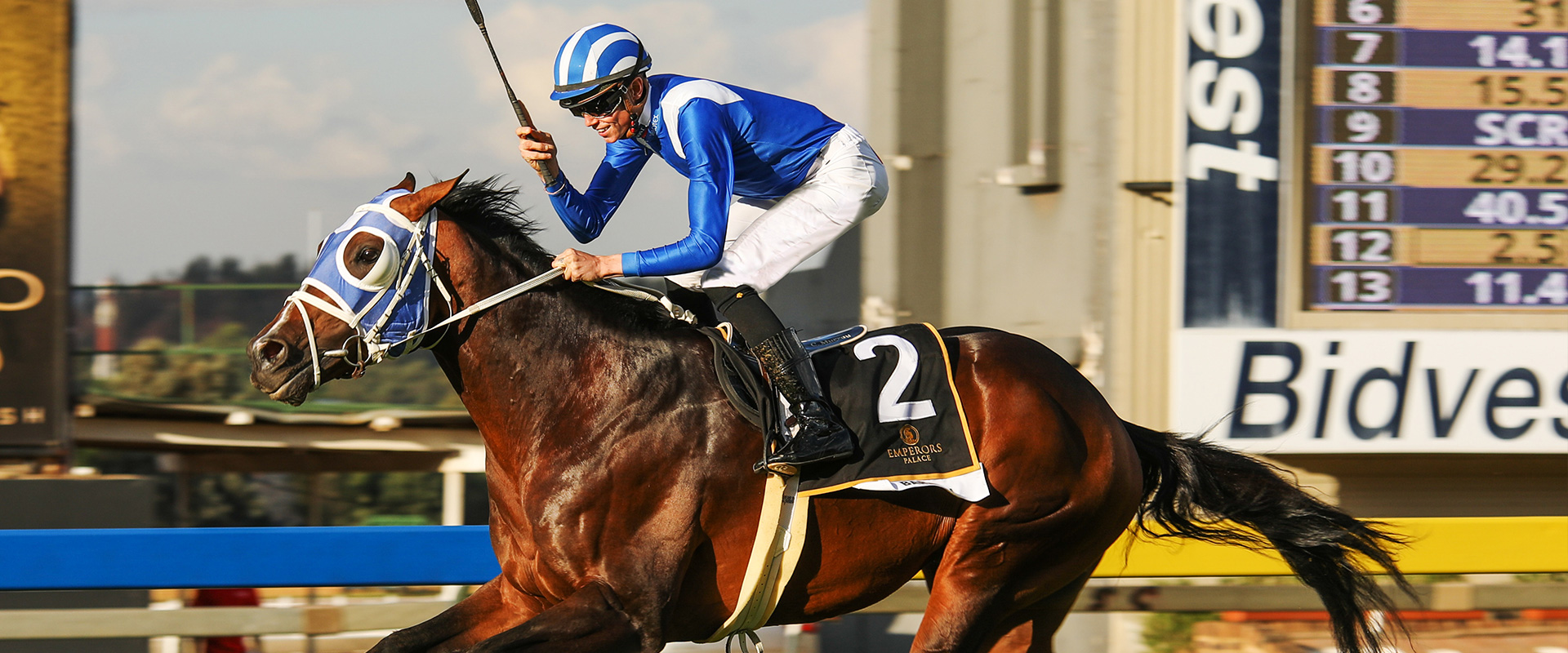Although balancer pellets have been around for a while now, they are still not clearly understood. This often leads to unnecessary feeding and/or unbalanced rations- the very opposite of what they are designed to do.
What are balancer pellets really for?
Balancers are created to be a low intake, highly concentrated source of essential protein, vitamins and minerals, designed for all types of horses where additional calories are not required. You can think of them as vitamin and mineral supplements. However they are much more than that. Generally, vitamin and mineral supplements only supply micominerals (such as copper, zinc, selenium) and vitamins with little or no protein or macro minerals (such as calcium, phosphorus and magnesium).
Balancers however can supply all of these things meaning they are more inclusive and more of an “All” round extra. No other type of vitamin and mineral supplement should be needed alongside a balancer as this could lead to an oversupply of nutrients.
Balancers do not contribute significant amounts of energy (calories) due to the low energy ingredients included as well as the low feeding rate. Therefore they make them ideal to feed for horses that don’t require additional energy/calories. On average the suggested amount is 100g of balancer pellet per 100kg of body weight, so for a 500kg horse that would be 500g per day.
One of the biggest questions when it comes to balancers is the level of protein. The majority of balancers are around 25% protein and this often strikes fear into the hearts of many potential users. However, one must remember that protein is not energy and thus it will not make your horse hot or excitable. Also if you do the calculation 25% protein is 250g of protein per kg of feed. Therefore when fed in the low quantities as stated above that is only 125g per 500g per day. If you feed 3kg of a 10% concentrate then your horse will be receiving 300g of protein, far more than the balancer pellet.
Balancers can be fed in several ways:
1: Fed alone to provide essential nutrients for horses fed on only hay and grazing.
Often it is thought that hay and grazing alone will be sufficient, and while in some cases that will be true, generally our hay and grazing today is not nutritionally balanced and providing a balancer can be useful. This is especially true when working with stud animals that have 24hour grazing but need a higher rate of nutrients due to life stage (eg late pregnancy, lactation, weaning).
2: Combined with straight grains, beet pulp, and/or chaff mixes to create a more balanced ration
Many people still like to create home mixes which often contain things like cereal grains, chaffs, oil, brans and while all perfectly fine ingredients on their own they are often very changeable in vitamin and mineral content and not always complete. The benefit of adding a balancer is that you can guarantee a more inclusive diet.
3: Fed as a top dressing to enhance the nutrient density of a commercial feed.
Using as a top dressing is often the most common way of using balancers however it is not necessary for all horses, especially those being fed higher than recommended levels of a commercial food. Horses that would benefit from a top dressing include those working at a higher level, those needing to build more muscle, horses returning back to work after illness, mares in late pregnancy or lactation that maintain their weight easily but have higher protein, vitamin and mineral requirements, older horses, and younger horses. In these cases it is advisable to feed at 50g-100g per kg of body weight depending on individual circumstances.
A top dressing is also useful for those horses that are being fed below the recommended feeding rate of a commercial feed due to being overweight or having the tendency to become overweight easily. Commercial feeds are designed with minimum nutrient levels in mind and so if a product states 3kg per day and you can only feed 1kg (due to the horse putting on weight) then his vitamin and mineral levels could be unbalanced. In this situation for every 1kg under the recommended feeding rate you provide add 100-250g of balancer pellet (however every situation is different so do check this with the manufacturer first)
Balancers are for the most part low in starch but they can vary in sugar level due to the variation in molasses (the most common binder for pellets) so do check with your manufacturer. However quality balancers will include a small amount of oil to help bind the ingredients without adding sugar to the diet which makes them suitable for horses with conditions such as laminitis, insulin resistance, tying up etc, alongside other low NSC products such as unmolassed chaffs, beet pulp, Equus Safe n Lite.
Conclusion
When used correctly balancer pellets are a useful tool to have on your yard, as it allows you to individually tailor each horse’s diet to ensure they perform, reproduce, recover and maintain good health and well being without unnecessary extras or changes. However do keep in mind that horses are all individual and therefore having a consultation with a nutritional advisor is worthwhile to ensure you are feeding correctly. Equus provide a free consult service at your home or yard, contact us on 0734235491 or 0839986824 to speak to an advisor.




